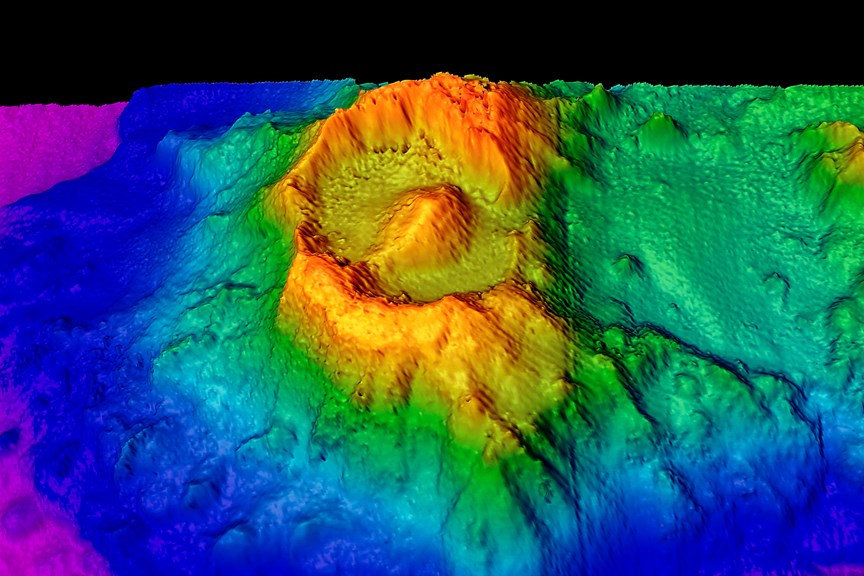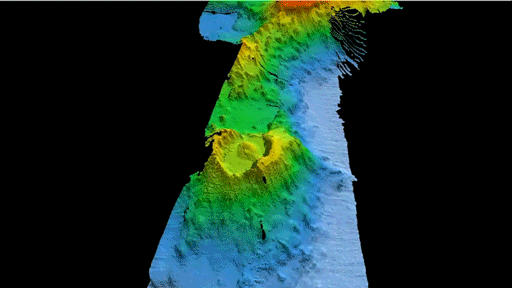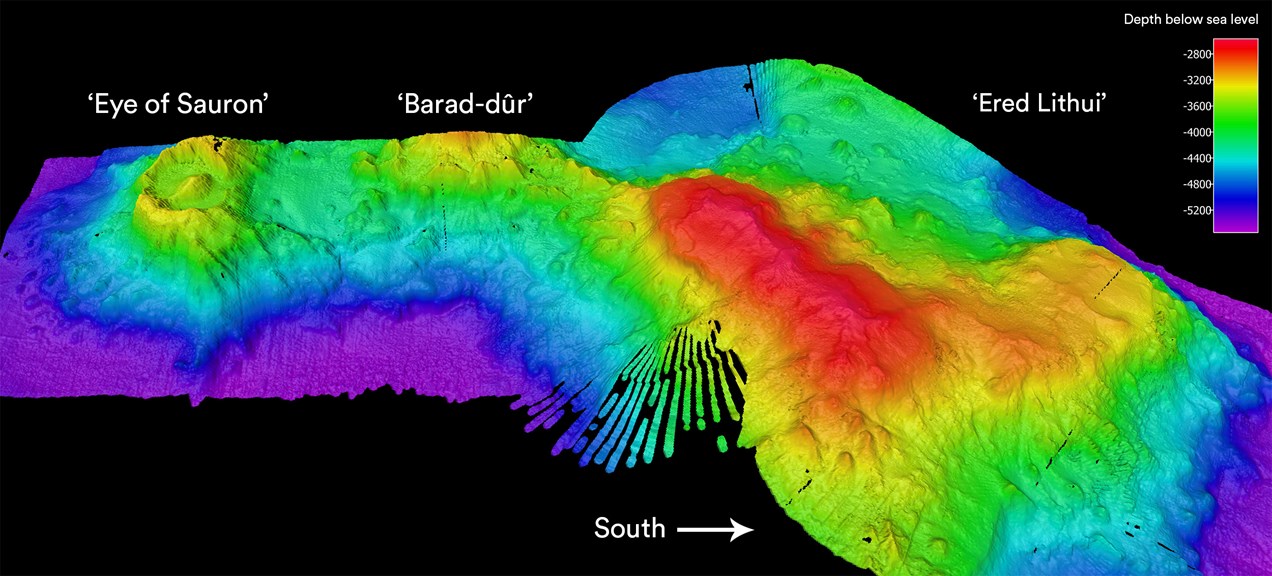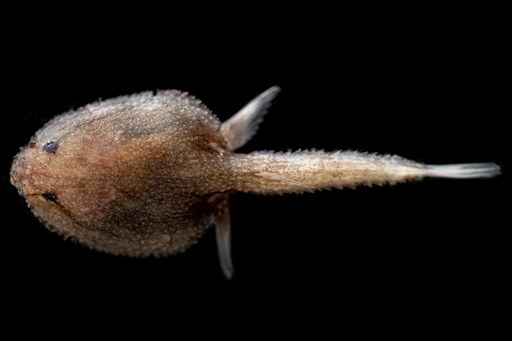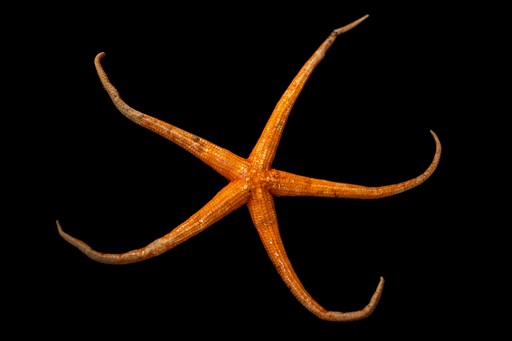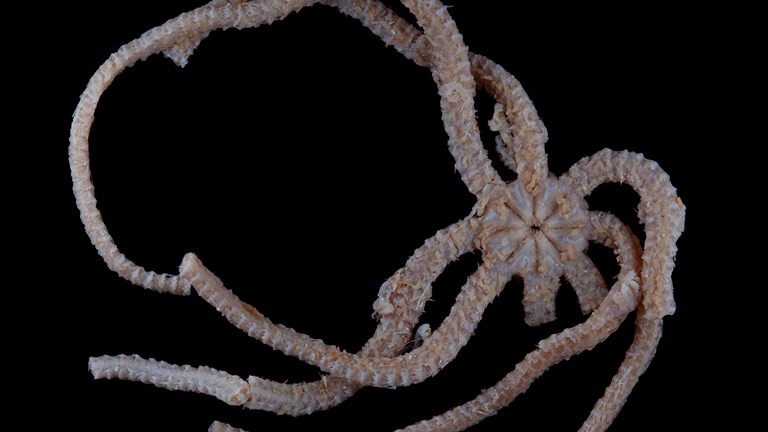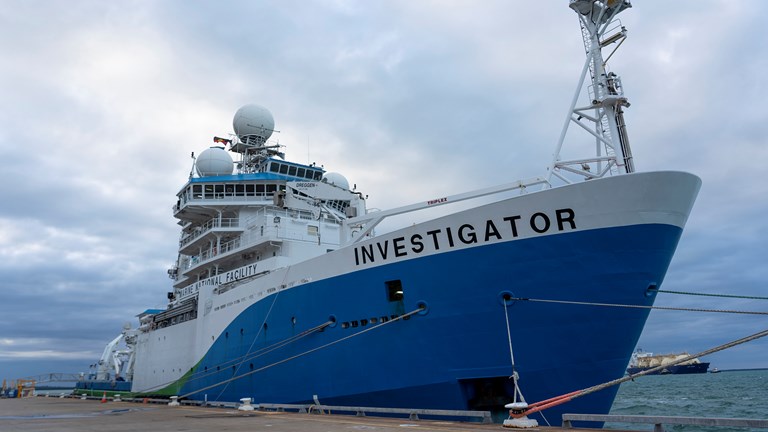A Lord of the Rings-like marine landscape revealed in Australia’s Christmas Island Territory
By Dr Tim O’Hara
Take a dive into a Lord of the Rings-inspired seascape, in Australia's Indian Ocean Territories.
Looking like the ‘Eye of Sauron’ from The Lord of the Rings, an ancient undersea volcano was slowly revealed by our multi-beam sonar south of Christmas Island.
This, on day 12 of our voyage of discovery to Australia’s Indian Ocean Territory around Christmas Island on the CSIRO’s ocean research vessel, Investigator.
Previously unknown and unimagined, this volcano emerged from our screens as a giant oval caldera—5.2 by 4.0 kilometres across, surrounded by a 300-metre-high rim (the eyelids) and with a small cone-shaped peak in the centre (the eye pupil).
Calderas do not result from massive explosions—instead, they are formed from a volcano collapse.
The molten magma at the base of the volcano presses upward leaving empty chambers, the thin crust on the surface of the dome then collapses and a large crater-like structure is formed.
A new volcano can then arise from the centre.
A well-known caldera is Krakatoa in Indonesia which did explode massively in 1883 killing tens of thousands of people, leaving only bits of the mountain rim visible above the waves.
By 1927 a small volcano, Anak Krakatoa, had grown in its centre.
But with our example we may not even be aware of volcanic eruptions because they happen deep beneath the waves.
The tell-tale signs are large rafts of light pumice stone floating on the sea surface that have been blown out of a submarine volcano.
Eventually, this pumice stone becomes waterlogged and sinks to the ocean floor.
Our volcanic ‘eye’ was not alone, as further mapping to the south revealed a smaller sea-mountain covered in numerous volcanic cones followed by a larger flat-topped seamount.
Following our Lord of the Rings ‘Mordor’ theme, we have nick-named them ‘Barad-dûr’ and ‘Ered Lithui’ (Ash Mountains) respectively.
Although Tolkien’s knowledge of mountain geology wasn’t perfect, our names are wonderfully appropriate given the jagged nature of the first and the pumice covered surface of the second.
Our ‘Lithui’ is part of a cluster of seamounts that have been previously aged by geologists to be more than 100 million years old, formed next to an ancient sea ridge from a time when Australia was situated way to the south near Antarctica.
The flat summit was formed by wave erosion when the seamount was above the sea surface, before the heavy seamount slowly sank back down into the soft ocean floor.
The summit of ‘Lithui’ is now at 2.6 kilometres below sea-level.
But here is the geological conundrum—our caldera looks surprisingly intact for a structure that should be 100 million years old.
‘Lithui’ has almost 100 metres of sand and mud layers draped over its summit, formed from sinking planktonic organisms over millions of years.
This sedimentation rate should have smothered and partially hidden the caldera.
Instead, it is possible that volcanos have continued to sprout long after the original foundation.
Our restless earth is never still.
But life adapts to these geological changes, and ‘Lithui’ is now covered in seafloor animals.
Brittle-stars, sea-stars, crabs and worms burrow into or skate over the sandy surface.
Erect black corals, fan-corals, sea-whips, sponges and barnacles grow on exposed rocks.
Gelatinous cusk-eels prowl around rock gullies and boulders.
Batfish lie in wait for unsuspecting prey.
Our mission is to map the seafloor and survey sea-life from these ancient and secluded seascapes.
The Australian Government has recently announced plans to create two massive marine parks across the regions.
Our expedition will supply scientific data that will assist Parks Australia to manage these areas into the future.
Scientists from museums, universities, CSIRO and Bush Blitz around Australia are participating in the voyage.
No doubt many animals we found here will be new species and our first records of their existence will be from this region.
We expect many more surprising discoveries on part two of our voyage to Australia’s Indian Ocean Territories, that will come in the near future.
This research has been made possible through a grant of sea time on RV Investigator from the CSIRO Marine National Facility.
This article was first published on The Conversation.
